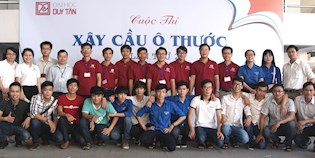Tài liệu học tập
1 Define clearly what is meant by the following, and give the appropriate units in each case: (a) pressure; (b) force; (c) weight; (d) gravity; (e) mass; (f ) mass density; (g) weight density; (h) relative density; (i) hydrostatic pressure; (j) buoyancy force.
2 (a) Explain what is meant by gauge pressure and absolute pressure. (b) What is the approximate numerical value of atmospheric pressure expressed in N/m and as a head of water? (c) Calculate atmospheric pressure expressed as a head of mercury (the relative density of mercury is 13.6)
[(c) 0.76 m]
3 A rectangular tank is 1.0 m long and 0.7 m wide and contains fresh water to a depth of 0.5 m. (a) What is the gauge pressure at the bottom of the tank in N/m ? (b) What is the absolute pressure at the bottom of the tank?
[4905 N/m2; 105 905 N/m2]
4 For the tank in question 3, using gauge pressure, calculate (a) the mean pressure intensity on the 0.7m wide end of the tank; (b) the mean pressure intensity on the 1.0m long side of the tank; (c) the force on the end of the tank; and (d) the force on the side.
[2453 N/m2; 2453 N/m2; 858 N; 1226 N]
5 A dam that retains fresh water has a vertical face. Over a one metre length of the face at the centre of the valley the water has a depth of 38 m. (a) Calculate the resultant force on this unit length of the face. (b) At what depth from the surface does the resultant force act?
[7083 x 103N; 25.33 m]
Bài viết liên quan





